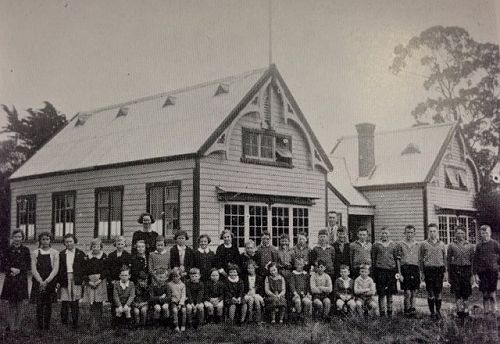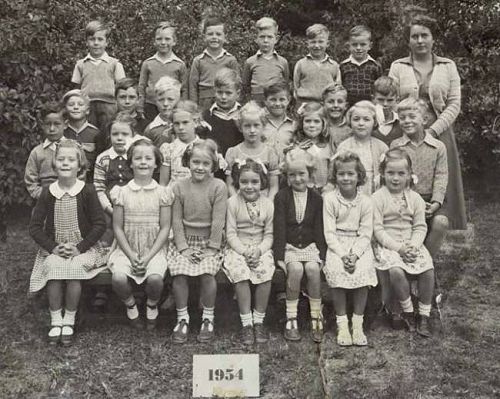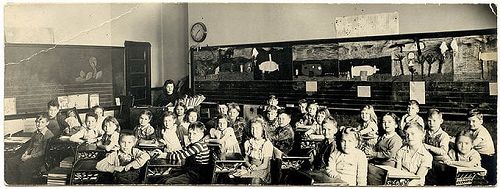
History of the School
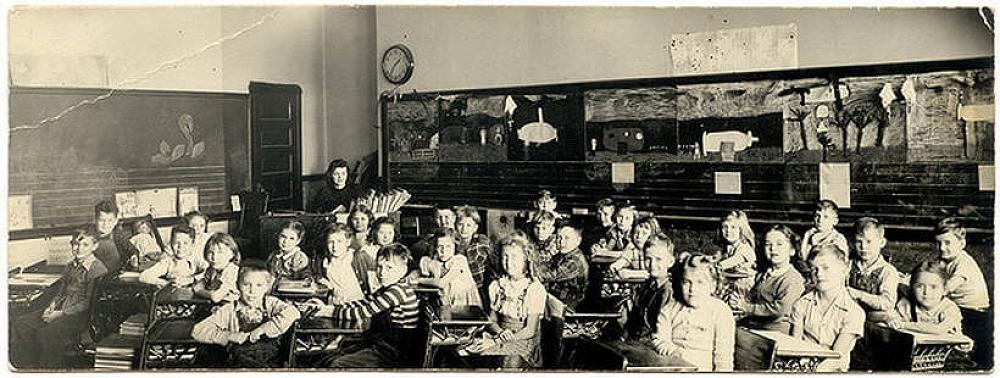

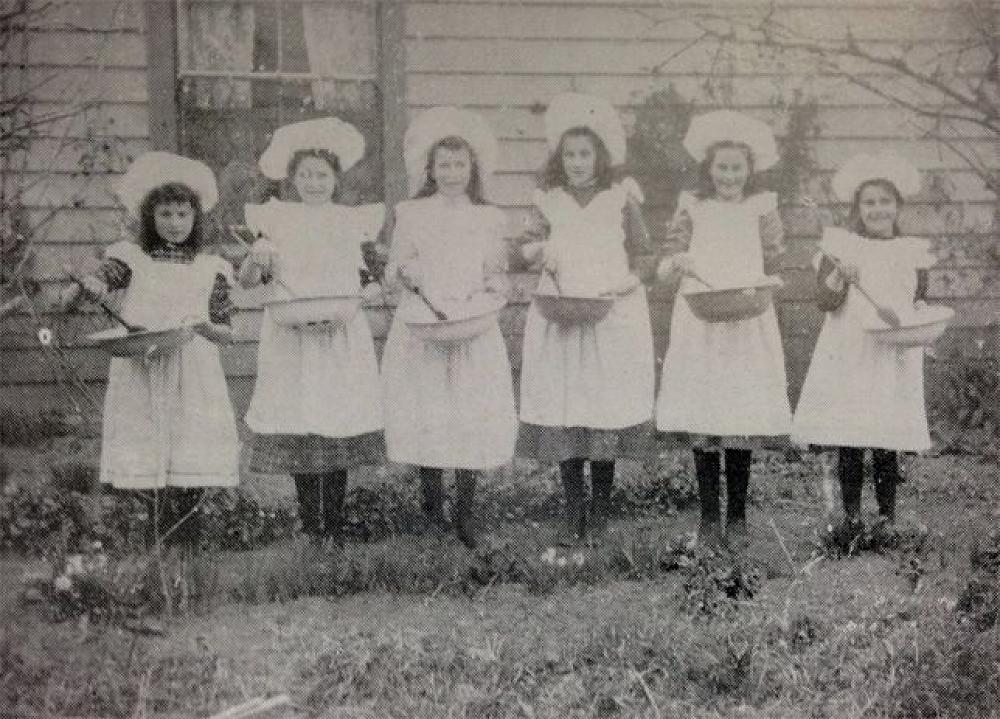
Establishment of the School in 1868
The Canterbury Association had planned to provide education to the early settlers from the funds they received from sale of land, but the low number of sales limited the number of churches and schools that could be built. There were plenty of teachers who had emigrated to staff the non-existent schools.
The first schools in Christchurch started in 1851 and the numbers built slowly increased throughout the remainder of the 1850's.
When a district wanted a school the community had to come up with a quarter of the cost. Initially the children had to pay to attend the school.
In 1868 Springston was one of only 20 schools in Canterbury to open its doors. Land for the school was generously given by Mr James Gammack. The school was officially opened on Saturday 30 October 1868 and had 14 pupils taught in its one school room.
The original location of the school can best be described as fronting onto Ellesmere Junction Road, just to the East of the building originally known as Dartnell's Store and more recently known as the George Roy store. This building was The School House, where the school master lived. It was behind the school and is still in existence and lived in today.
In 1871, 66 percent of the children of school age throughout Canterbury did not attend school. Fees were abolished in this same year and Springston's roll jumped to 85. In 1880 the school had 186 pupils on the roll but still only had an average daily attendance of 89.
Reasonable academic standards appeared to have been achieved with pupils from the school regularly receiving accolades in provincial contests.
The new school
As early as 1920 the School Committee wrote to the Board of Education expressing concern about the condition of the School and the possibility of it needing to be replaced. A new school was eventually built — 36 years later.
In 1956 the Education Board purchased the four acres that the current school is on from the Gammack Estate and a two classroom school was built. The large playground used as the previous playground was sold for housing.
To commemorate the new school the community decided to build a new 13,500 gallon pool, which is the same pool used today.
Gallery

